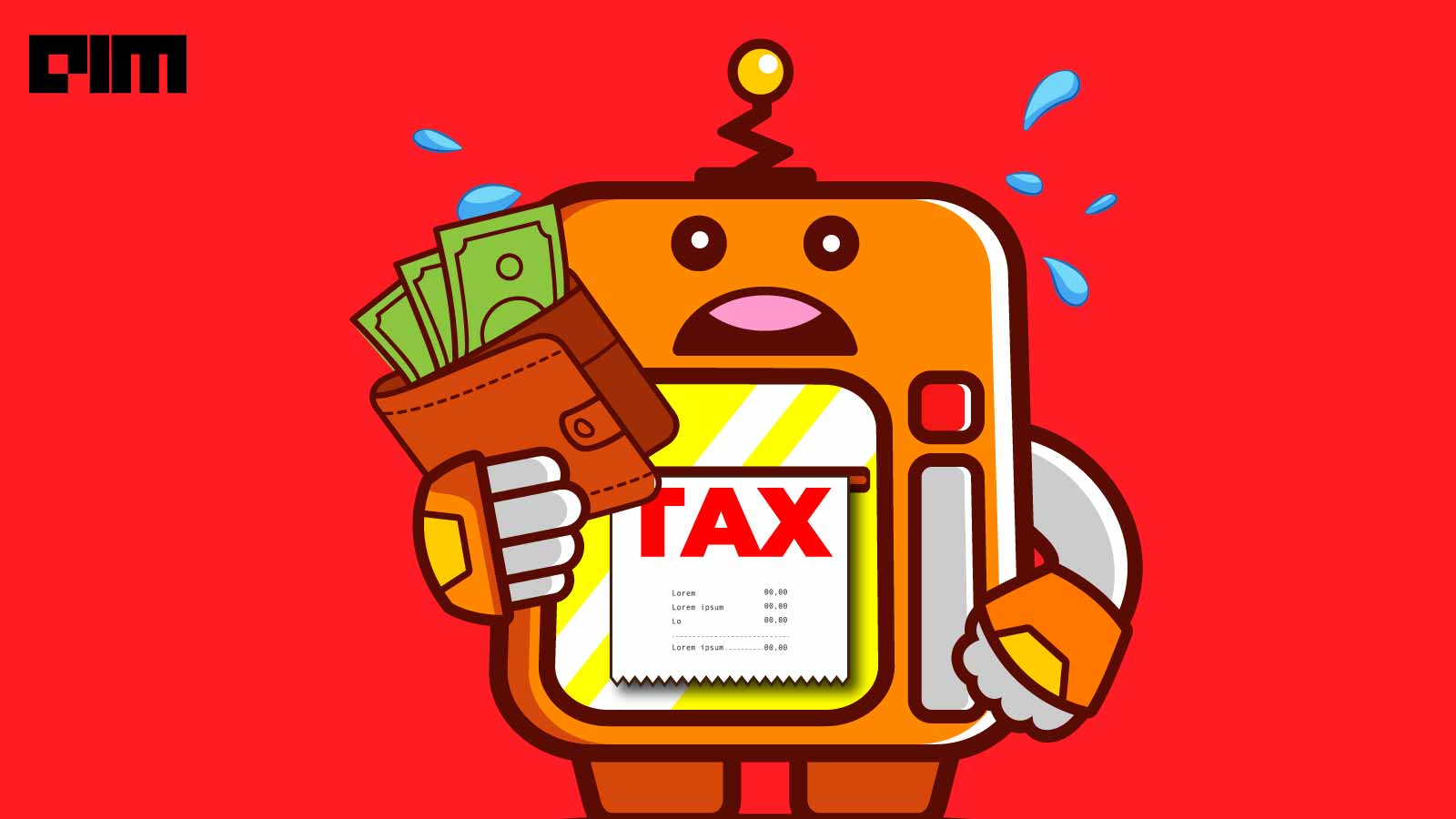In 2017, Bill Gates said, “It is really bad if people overall have more fear about what innovation is going to do than they have enthusiasm. That means they won’t shape it for the positive things it can do. And, you know, taxation is certainly a better way to handle it than just banning some elements of it.”
Gates was speaking about the need to tax robots to ease the anxieties in the mind of people regarding job loss that may accompany the deployment of robots in businesses. In 2019, New York City mayor and 2020 Democratic presidential candidate Bill de Blasio also endorsed a robot tax. He had proposed that companies pay five years of payroll taxes to a special fund that would be used to create high-employment infrastructure projects and new jobs in areas like healthcare and green energy for displaced employees.
With influential tech personalities like Gates supporting such taxation gives a certain kind of legitimacy to it. However, many other experts believe that such a robot tax may do more harm than good.
Robot Tax
A robot tax is a tax that firms would have to pay when their robot (robotic systems) replace a human worker. The basic idea of such a tax is to disincentivise firms from replacing their human workers with robots, combat alleged unemployment that may arise, and generate revenue for the government that covers the loss of revenue from payroll taxes. Some even suggest directing the collected money for retraining the displaced workers to place them in alternative job roles. The purpose of a robot tax is not limited to the employment aspect but well extends to ensuring that investments in automation lead to a rise in productivity, as some experts believe.
The concept seems to have a few fundamental problems. To start with, the definition of a robot in this context appears to be largely ambiguous. For example, a robot would mean different things in industrial and service settings. As Robert Seamans, Director of the Center for the Future of Management, Stern School of Business, wrote, taxing investment in automation based on an arbitrary definition of what comprises robots is not equitable. He further wrote that the political strategy efforts required by various industry trade groups to include (or exclude) what is in the definition of robot would be a massive task.
Further, there has been no reliable study relating automation to higher rates of unemployment. A 2017 Mckinsey Global Institute study estimated that up to 15 per cent of work might be automated globally by 2030; however, this is unlikely to bring down the employment rate. If anything, evidence from academic literature suggests that robots may actually be complementing labour, resulting in an increase in employment.
A "robot tax," meant to counter loss of jobs to automation, would essentially be a tax on manufacturing jobs, hurting the sector the tax is trying to help. pic.twitter.com/z5taj9fG2M
— Ninja Economics (@NinjaEconomics) October 3, 2019
Thirdly, a lot of people believe that a robot tax may actually hinder innovation. A robot tax would make an investment in technology much more expensive for companies than it already is. Robotics is a severely underutilised and poorly-funded field. Many robotics companies had to close down due to a lack of resources. Boston Dynamics, one of the pioneers in robotics, was recently rescued via a buyout by Hyundai in an $800 million deal, which many consider being too less for a company like that. The International Federation of Robotics (IFR) President Joe Gemma says that profits, not the means of making them, should be instead taxed.
Wrapping Up
In 2017, South Korea became the first country to introduce the robot tax; even though the EU toyed with a similar idea for a while, it finally rejected it for good at the proposal stage itself. Also, South Korea’s robot tax doesn’t really impose extra taxes on the purchase or operation of machines replacing human workers but merely extends and reduces a tax incentive.
The debate continues on robot tax. However, better solutions revolve around policy changes that reduce labour market frictions and support displaced robots. Policymakers could help by focusing more broadly on labour market reforms.




















































































